Yemen’s problems are structural and deeply-rooted in five decades of failed state-building projects.
According to the 2011 political transition agreement sponsored by the Gulf Cooperation Council (GCC), 2014 was to become a milestone in Yemen’s history. Often lauded as a model for post-Arab Spring transitions, the political process promised competitive and fair presidential elections, and a new constitution by the current year — reasons for much elation among Western diplomats and observers.
Activists and diplomats offered an image of unprecedented rebalancing of the political structure as youth, women, tribal leaders and elite figures interacted without boundaries during the ten-month long National Dialogue Conference (NDC), which ended in January. Yet outside the conference halls, crises engulfed the everyday life of a highly stressed population.
Yemen’s youth have proven the most resilient asset of the revolutionary spirit as the country spirals deeper into a humanitarian crisis amid a growing security vacuum. Young men and women, the initial drivers of the February 2011 popular uprising, continue to endure monumental challenges with relatively high spirits and aspirations for change.
The most recent manifestation of such spirit was the online launch of Support Yemen’s latest initiative, “Happy Yemen,” a music video parody of Pharrell Williams’ award-winning song. The “happiness,” however, masquerades a widespread condition of disillusionment and frustration with a weak and dysfunctional coalition government.
Young men and women have also illustrated the wealth of knowledge and potential across the country through a number of TEDx events. From the capital Sana’a to the port city of Aden, Taiz and soon Mukalla in Hadhramawt, TEDx-inspired events have reinvigorated the youth spirit amid crises of near famine; sabotage of the electricity grid across the country; ongoing armed clashes between Zaydi-Shi’a Houthi rebels and Salafi militias; a resilient southern secessionist movement; a tribal uprising in the east; and a resurgent al-Qaeda in the Arabian Peninsula (AQAP). Not yet desensitized by a new heightened level of violence around them, spirited youth continue to cling onto hopes for stability and real political change.
In Sana’a, formidable challenges certainly continue to increase the pressure on all actors. Recently, the government failed to secure much needed financial support at the seventh Friends of Yemen meeting in London, where international donors complained of government failures to tackle endemic corruption and the lack of a comprehensive economic plan.
Furthermore, branches of government have exchanged accusations of illegitimacy as popular pressure grows on parliament and the cabinet of Prime Minister Mohammed Salem BaSundwa. Each side has called for a vote of confidence on the other side, with the most recent move having been started on May 28. In addition, the momentum of popular support for President Abdo Rabbo Mansour Hadi’s offensive against AQAP and its affiliate, Ansar al-Sharia (AAS), wanes as the fuel and electricity crises demoralize ordinary Yemenis.
Yemen’s economy was already in crisis at the start of the popular uprising. Even as supporters of former President Ali Abdullah Saleh attempt to paint a picture of chaos as a mere consequence of the uprising, data shows the economy was already in despair by 2010.
For outside observers, it is difficult to muster up some optimism, but many among the 1% of Yemen’s Internet users work diligently to present a different face of Arabia Felix. The problem with a view “beyond the headlines” is that Yemen’s problems will not be solved by Western audiences learning more about scenic landscapes or creative awareness campaigns.
Yemen’s problems are structural and deeply-rooted in five decades of failed state-building projects. Problems are also exacerbated by the absence of a coherent policy approach on the part of regional and international partners, whose interests in Yemen, primarily those of neighboring monarchies and the US, are myopic at best, and incoherent to the general public. What follows is a four-part series that explores the most crucial issues at stake in Yemen.
Economic Crisis and Saboteurs
Yemen’s economy was already in crisis at the start of the popular uprising. Even as supporters of former President Ali Abdullah Saleh attempt to paint a picture of chaos as a mere consequence of the uprising, data shows the economy was already in despair by 2010. By mid-2011, United Nations (UN) agencies reported that nearly 10 million people in Yemen were suffering of malnutrition and near famine, a condition that could not have simply surfaced since February. It took over three months for the Yemeni government, mainly the Ministry of Planning and International Cooperation (MOPIC), to accept data published by the Food and Agriculture Organization (FAO) and the Office of the Coordination of Humanitarian Affairs (OCHA) in 2012. But as over 200 companies closed their doors by the end of 2011, and security deteriorated, economic inactivity had reached a critical point.
The lapse in government services, mainly access to potable water and fuel, also transcends the instability of 2011. The transition government initially fed off the popular euphoria following the symbolic election of President Hadi, former vice president under Saleh and originally from Abyan in South Yemen, in February 2012. The honeymoon did not last long. As services deteriorated again by mid-2012, people soon became highly critical of a government breaking its promises and lacking the ability to address basic needs. Delivery of potable water in the capital, for example, has gone from a stable weekly delivery at worse, to people obtaining supplies once or twice a month.
The population has suffered from scarce supplies of gasoline, diesel and electricity since mid-2013. As a result of limited infrastructure and constant sabotage by criminals and politically motivated tribal elements, mostly from the oil rich province of Mareb, Yemenis live through intermittent blackouts and depleting fuel supplies interrupting daily life and economic activity. The crisis has even created so-called “café refugees” among unemployed youth and those in search of dismal Internet connections. Frustration, near depression, is most often expressed through postings on social media. Criticism of the government as a whole has led to numerous demonstrations in Sana’a.
Expanding Cash Economy and Friends of Yemen
The situation today is somehow softened by the expanding cash economy. Money continues to flow for a smaller sector of the population as a result of reinforced political patronage from Sana’a to the margins, as well as from corruption and Qat markets. Studies have shown how the economy has survived due to the flow of cash patronage across the country. Political actors continue to sustain their supporters through cash stipends that allow the economy to stay afloat in urban centers. Yemenis often point to the vibrant Qat markets and home or business construction as signs of growth in patronage or corruption. In rural areas, the situation is grimmer. As the UN reported in February, the overall number of people in need of humanitarian assistance has reached nearly 15 million.
During a speech commemorating Yemen’s Unity Day, President Hadi admitted the economy faced monumental challenges. The admission of a dire situation came nearly a month after international donors refused to pledge new funds to sustain the transition process. New views by donors are more than an about-face from mid-2012, when neighboring monarchies pledged around $7 billion to support the needs of the government, in addition to $80 million for infrastructure projects by the World Bank. The funds helped contain inflation by supporting the Central Bank’s foreign reserves with a billion dollars in credit, and provided fuel supplies from Saudi Arabia and the United Arab Emirates through 2013. Leading up to the Friends of Yemen meeting in London, Western donors demanded stronger anticorruption policies from the current government, while Gulf monarchies requested a comprehensive economic plan and a controversial phasing out of fuel subsidies.
The decision to withhold new funds from Hadi’s transitional government has also been a consequence of ongoing regional rivalries. Yemen has found itself amid a growing rivalry between the Kingdom of Saudi Arabia and Qatar. As neither monarchy can be seen as a champion of popular uprisings, both have taken diverging approaches to the post-uprising transitions. As a result, Egypt and Yemen have found themselves at the forefront of such rivalry. While Saudi Arabia has declared the Muslim Brotherhood and Houthis terrorist organizations, Qatar supports the Brotherhood politically and has served as a mediator between the Houthis and Yemeni government.
The Friends of Yemen was formed as a group to support political and security policies in Yemen, not the country’s economy. The group has made it clear that economic stability is the primary responsibility of neighboring monarchies, who, in reality, are in a better economic position to meet Yemen’s needs. Since the signing of the transition agreement, the US and Britain have been the largest donors, with a combined total of $700 million over three years for humanitarian assistance.
Furthermore, while Yemen’s government initially denied plans to reduce fuel subsidies, reports now confirm that Sana’a has no other option. Negotiations with the International Monetary Fund for new loans are said to be predicated upon a plan for phased-out subsidies. President Hadi has engaged a narrative that focuses on highlighting the impact of “excess storing … black market activities” and smuggling on the high cost of fuel subsidies, for both the government and the population. This will not be an easy task for a government whose legitimacy is constantly challenged, or for a president whose rivals wait on the sidelines for an opportunity to replace him.
*[Read part two here.]
The views expressed in this article are the author’s own and do not necessarily reflect Fair Observer’s editorial policy.
Support Fair Observer
We rely on your support for our independence, diversity and quality.
For more than 10 years, Fair Observer has been free, fair and independent. No billionaire owns us, no advertisers control us. We are a reader-supported nonprofit. Unlike many other publications, we keep our content free for readers regardless of where they live or whether they can afford to pay. We have no paywalls and no ads.
In the post-truth era of fake news, echo chambers and filter bubbles, we publish a plurality of perspectives from around the world. Anyone can publish with us, but everyone goes through a rigorous editorial process. So, you get fact-checked, well-reasoned content instead of noise.
We publish 2,500+ voices from 90+ countries. We also conduct education and training programs
on subjects ranging from digital media and journalism to writing and critical thinking. This
doesn’t come cheap. Servers, editors, trainers and web developers cost
money.
Please consider supporting us on a regular basis as a recurring donor or a
sustaining member.
Will you support FO’s journalism?
We rely on your support for our independence, diversity and quality.




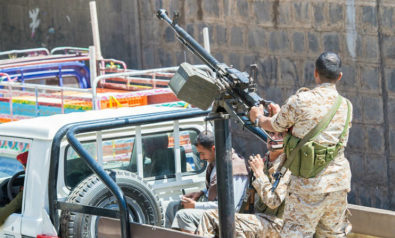
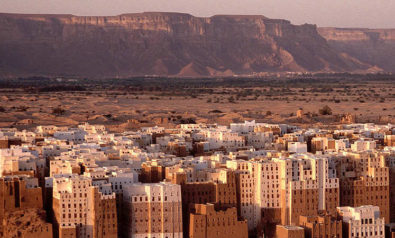
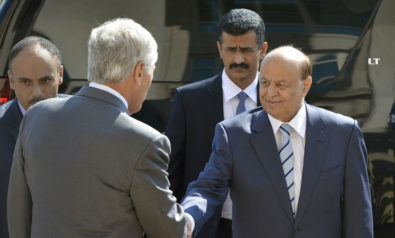
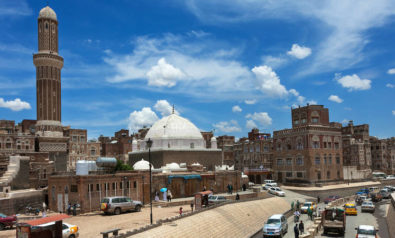
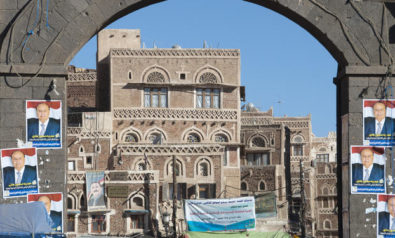
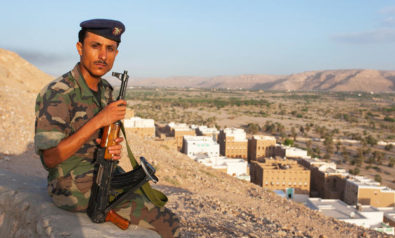

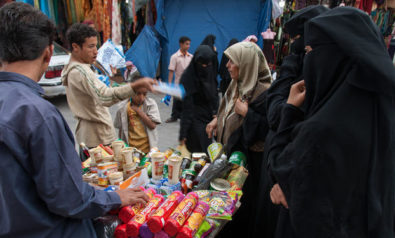
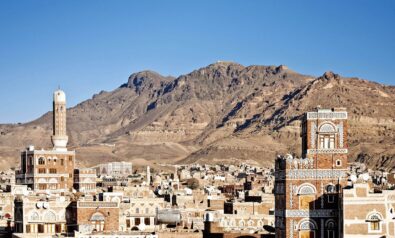
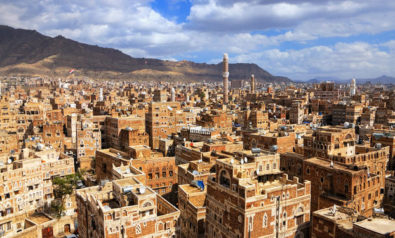
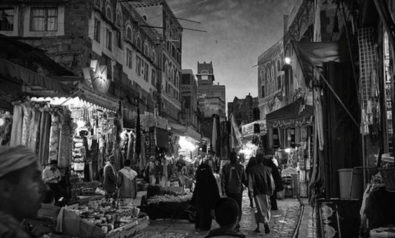
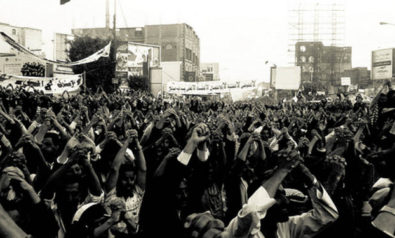
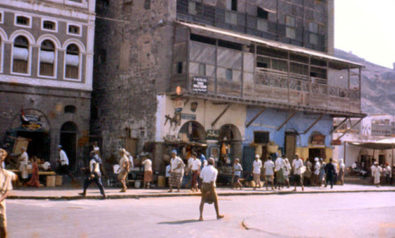
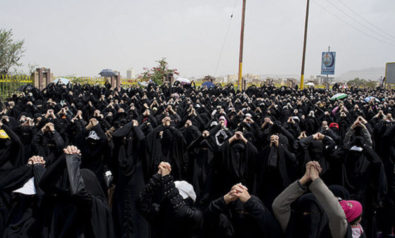
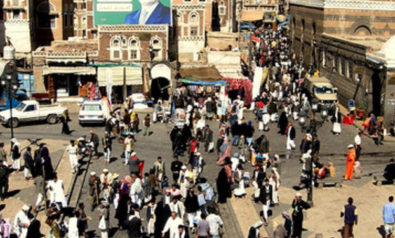

Comment